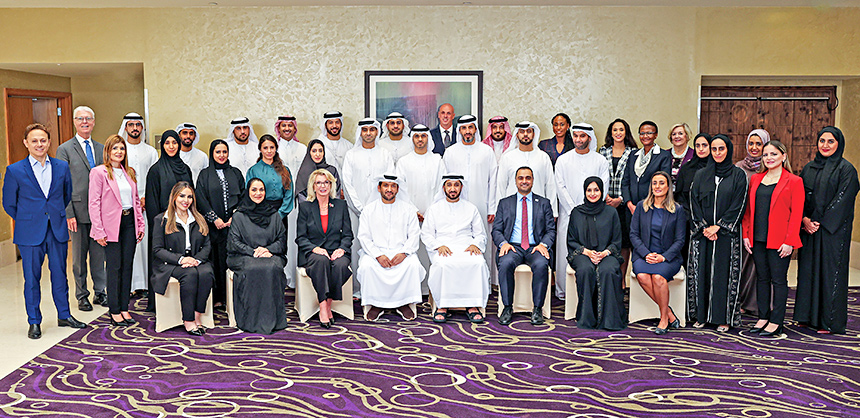Diversity
You cannot provide a safe, inclusive space without honoring the lingual needs of the presenters and audiences.
Full StoryCorporate meeting and event professionals must educate themselves on the needs of people with disabilities, and the laws governing inclusion, most notably the Americans with Disabilities Act [ADA].
Full StoryIt’s never been more essential to build a supportive and inclusive workforce. Corporations and companies of all sizes nationwide are focusing on diversity, equity, inclusion (DEI) and multiculturalism. In the meetings industry today, events professionals know that building an inclusive culture leads to higher attendee interest and team engagement. But how can they effectively integrate […]
Full StoryDEI, DEAI, EDI. You may see these letters arranged in a variety of ways, but they always mean the same thing: Diversity, Equity, Inclusion and Accessibility.
Full StoryMost venues hosting events must meet certain ADA requirements to be compliant; however, that can sometimes be a bit tricky since the regulation states when compliance is readily achievable.
Full StoryWith so many different kinds of people boasting multicultural backgrounds and languages – corporate meeting and event planners need to incorporate multilingual elements into today’s meetings and events to establish an inclusive element to corporate gatherings.
Full StoryOne of the greatest opportunities for corporate meeting and conference organizers lies in the ability to reach a broader audience and be more inclusive through the offerings of virtual programs.
Full StoryPlanning diverse/multicultural corporate meetings was once a niche endeavor for planners because attendees, speakers and panelists were predominately white males. Those days are steadily coming to an end.
Full StoryNow that millennials are expected to outnumber baby boomers this year, their proclivities and preferences are of paramount interest to, well, everyone.
Full StoryOf the many things a meeting planner must think about today, one of the most important — and most often overlooked — is how generational and cultural differences among attendees can impact an event.
Full Story












